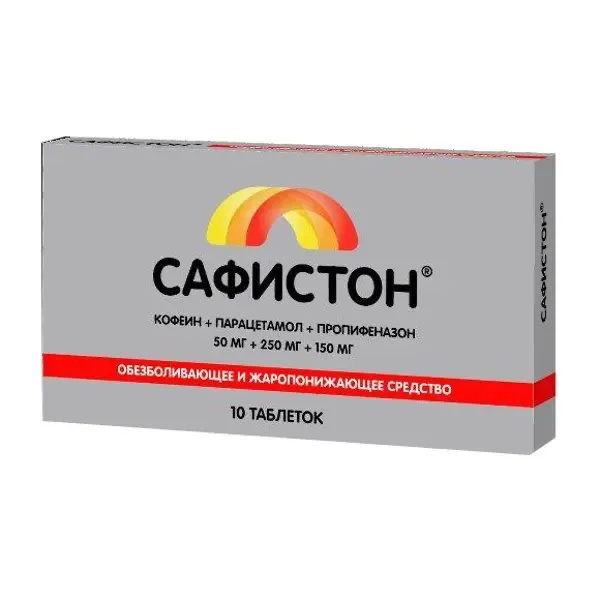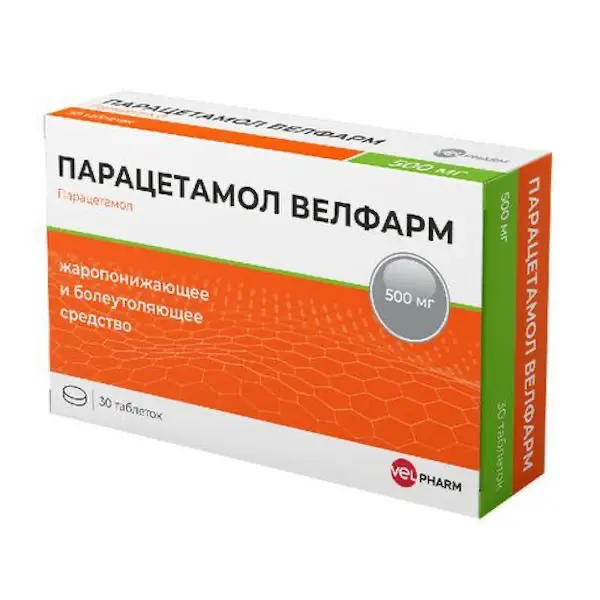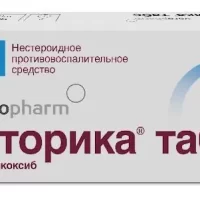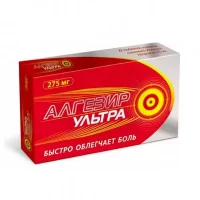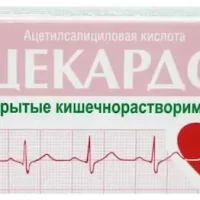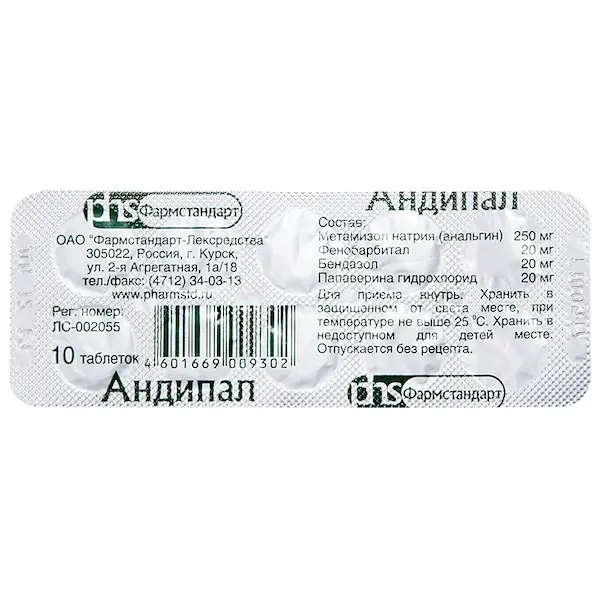Description
Safiston Pharmacodynamics
Safiston is a combination drug, the action of which is determined by the components included in its composition. The combination of the three components of the drug leads to a mutual strengthening of their pharmacological action. Paracetamol and propiphenazone have analgesic and antipyretic effects.
Paracetamol is a non-narcotic analgesic. It blocks cyclooxygenase (COX) only in the central nervous system (CNS), affecting the centers of pain and thermoregulation (in inflamed tissues cellular peroxidases neutralize the effect of paracetamol on COX), which explains the almost complete absence of anti-inflammatory effect. Its lack of effect on prostaglandin (PG) synthesis in peripheral tissues explains its lack of negative effect on water-salt metabolism (sodium and water retention) and gastrointestinal mucosa.
Propiphenazone is a pyrazolone derivative. Its mechanism of action is by inhibiting COX, which is involved in the formation of prostaglandins from arachidonic acid.
Caffeine increases reflex excitability of spinal cord, excites respiratory and vasomotor centers, dilates blood vessels of skeletal muscles, brain, heart, kidneys, reduces platelet aggregation; reduces drowsiness, feeling of fatigue. In this combination, caffeine in a low dose has almost no stimulating effect on the central nervous system, but it helps to regulate the tone of the brain vessels, reduces drowsiness, increases the analgesic effect of other components of the drug.
Indications
It is used for treatment of pain syndrome of low and medium intensity of different genesis: headache, migraine, toothache, arthralgia, myalgia, algodysmenorrhea and as antipyretic in febrile states caused by inflammatory diseases (acute respiratory infections, including influenza and others).
Contraindications .
Hypersensitivity to the drug components, severe renal and/or hepatic insufficiency, glucose-6-phosphate dehydrogenase enzyme deficiency, suppression of medullary hematopoiesis (leukopenia, anemia, including hemolytic. acute hematoporphyria, complete or incomplete combination of bronchial asthma, recurrent polyposis of the nose and sinuses and intolerance to non-steroidal anti-inflammatory drugs (including anamnesis), conditions accompanied by respiratory depression, intracranial hypertension, acute myocardial infarction, coronary heart disease, arrhythmias, arterial hypertension, peptic ulcer, glaucoma, insomnia, pregnancy, lactation in women, children under 12 years of age.
WITH CAUTION
Benign hyperbilirubinemia (including Gilbert, Dubin-Johnson, Rotor syndrome), advanced age, alcoholism, epilepsy and proneness to seizures.
ADMINISTRATION DURING PREGNANCY AND LACTATION
Use of the drug during pregnancy and breast-feeding is contraindicated.
Dosage and administration administration
- Appoint adults 1 to 2 tablets, children 12 to 18 years – 1 tablet 1 to 3 times a day, preferably 1-2 hours after meals, drinking plenty of fluids. The maximum single dose is two tablets. Daily dose should not exceed 6 tablets. The drug should not be used for more than 5 days as an analgesic and for not more than 3 days as an antipyretic without a physician’s prescription and supervision. Increasing the daily dose or the duration of treatment is possible only under the supervision of a physician. Do not exceed the recommended dose.

